Merremia Tuberosa Woodrose vine Seeds 15-20 seeds Desi
₹80.00
Out of stock
Email when stock available
Merremia tuberosa is a long, climbing vine. Its leaves are simple and the blades are circular in outline, 6-16 cm long and wide, the base is cordate, and margins are palmately 5-7 lobed almost to the base. The lobes are 8-20 cm long, 9-20 cm wide, ovate, 3-9 cm long, 1-5 cm wide, and leaf margins are entire. Its stems are basally woody, perennial, twining, and glabrous. Flowers usually occur in clusters and fully bloom in sunlight and close under cloudy conditions and in the dark. The corolla is yellow, glabrous, funnelform, contortiplicate, enclosed by the sepals in bud, and comprised of 4 petals 5-6 cm long. It has 3 petioles which are 6-18 cm long and glabrous. Its pedicels are 15-18 mm long, claviform, glabrous, and enlarge in fruit. Its sepals are unequal, with the outer two longer than the inner three. They are oval to almost orbicular, with a rounded apex, membranous apically, somewhat herbaceous basally, and 23-25 mm long. Its sepals equally enlarge in fruit. The inner three are oblong, 12-20 mm long. Its filament is unequal, 2.5-3 cm long, glandular, and pubescent. The pistil is glabrous, 4-locular, and the stigma is globose. It has tuberous taproots. The fruits are globose to depressed globose and 3-3.5 cm in diameter. The calyx is accrescent, with fruiting sepals divergent but supporting the fruit. 1-4 seeds occur per fruit and are black to dark-brown, ovoid, 1.5-2 cm long, smooth surfaced, and covered with short, erect, puberulent indumentum
Merremia tuberosa is a perennial vine that produces bright yellow morning-glory-like inflorescences in the late fall. Fruits occur abundantly in early winter. By late December and early January die backs occurs. Its seeds remain viable for several years and germinate readily even in conditions of low ligh
Be the first to review “Merremia Tuberosa Woodrose vine Seeds 15-20 seeds Desi” Cancel reply
You must be logged in to post a review.
Related products
Summer Flower seeds



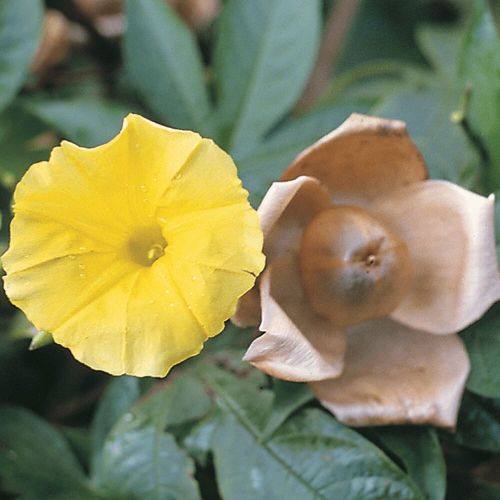
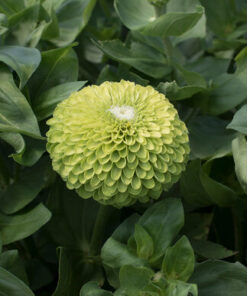


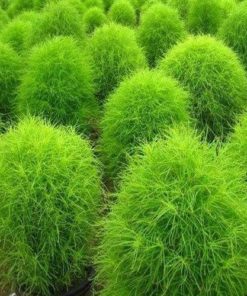
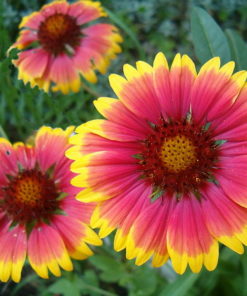

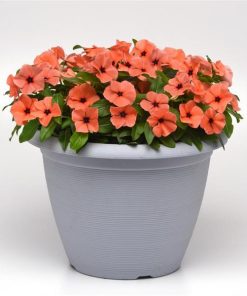

Reviews
There are no reviews yet.